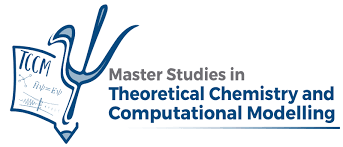Welcome#
In this course we aim to help you understand some fundamental principles of computer programming. In this case, we will be using Python as our programming language due to its widespread application in Computational Chemistry. Python can be seen as a programming language but also as a scripting tool. It can be used to write software packages, but also for data analysis and visualization using a web browser as an interface. Python can be run locally in your computer in a number of different ways, but also on collaborative notebooks online. We will try to introduce you to all of these possibilities, which have made Python be dubbed a “Swiss army knife” of coding.
Below, you can find the syllabus of the course, with the topics that we will be covering, and also a list of references that we recommend.
Contributors#
These notes have been written by
David De Sancho (UPV-EHU)
Kirill Zinovjev (UV)
Javier Cerezo (UAM)
Juan Jose Omiste (UCM)
Txema Mercero Larraza (UPV-EHU)
Bibliography#
- 1
Allen Downey. Think Python. O'Reilly Media, Inc., 2012.
- 2
Joshua Izaac and Jingbo Wang. Computational quantum mechanics. Springer, 2018.
- 3
H Petter Langtangen. A Primer on Scientific Programming with Python. Springer, 2016. URL: https://hplgit.github.io/primer.html/doc/pub/half/book.pdf.
- 4
Svein Linge and Hans Petter Langtangen. Programming for computations-Python: A gentle introduction to numerical simulations with Python 3.6. Springer Nature, 2020.
- 5
Mark Lutz. Learning Python. O'Reilly Media, Inc., 2013.
